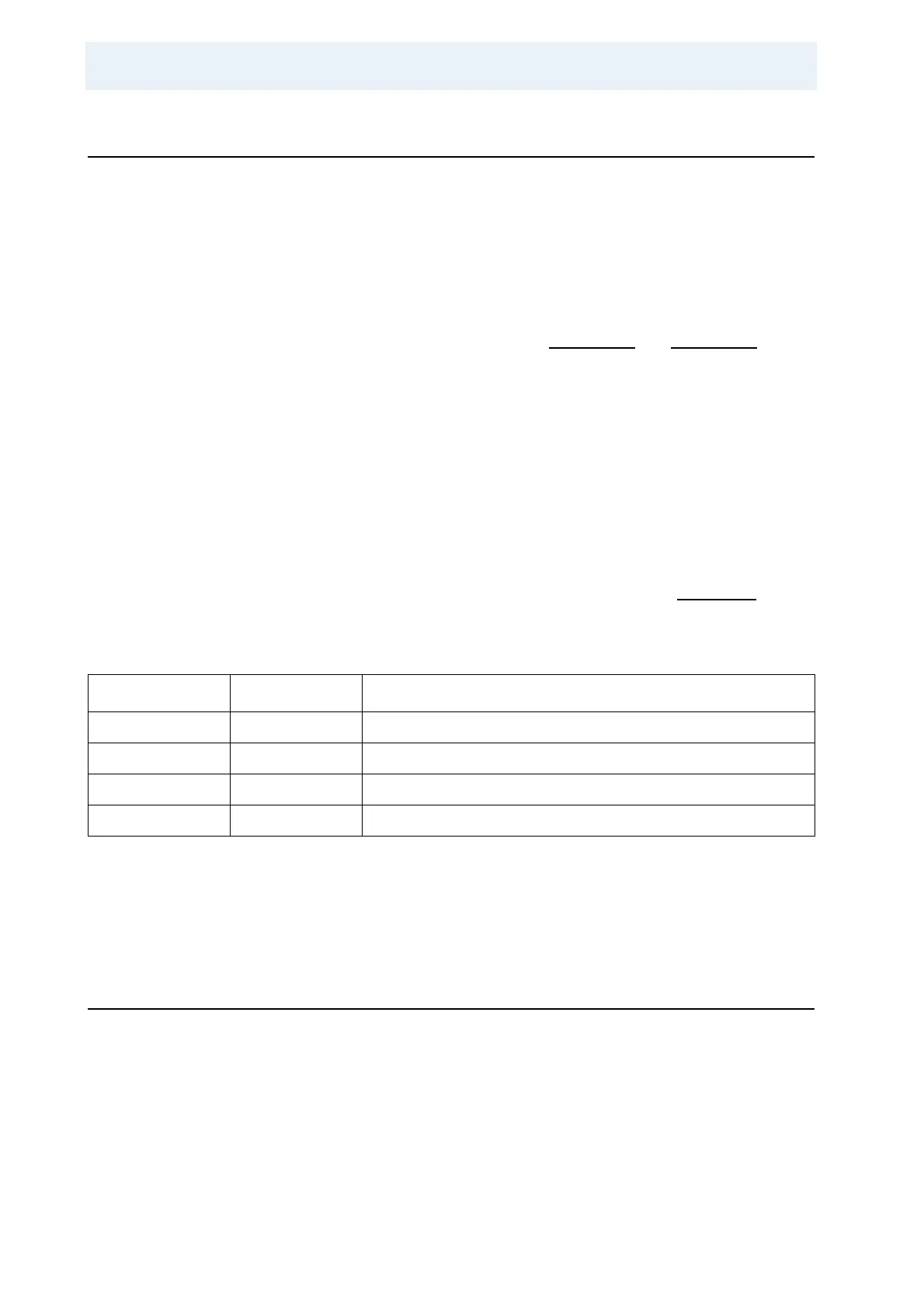242 (327) BRUKER BIOSPIN User Manual Version 002
MQ-MAS: Sensitivity Enhancement
Fast Amplitude Modulation - FAM 18.3
It must be mentioned at this point that similar approaches have been made where
the frequency of irradiation is established by a fast modulation of the amplitude of
the pulses. This is realized by a repetitive train of either [pulse-delay-pulse-delay]
n
or [delay-pulse-pulse-delay]
n
. Pulses and delays in these trains are of the same
length. The phases of the pulses are alternating +x and –x which creates a fast
cosine type amplitude modulation. The frequency of this amplitude modulation ap
-
pears to the spin system as an irradiated frequency.
Two pulse programs are available, mp3qfamz.av and mp3qfam.av. They corre-
spond to the pulse sequences depicted in Figure 18.3. and Figure 18.4., but the
shaped pulse realizing the DFS is replaced with a sequence D2-P2-P2-D2 em-
bedded in a loop repeated by loop counter L2 and with power level PL14 for the
pulses. These sequences are only useful for spin I = 3/2 nuclei. There are also se
-
quences for higher spins, which are not included in the pulse program library. In
those cases it is recommended to use DFS. The difference between FAM and
DFS can be understood in such a way that FAM establishes the irradiation of a
single distinct frequency whereas DFS continuously irradiates (sweeps) over a
range of frequencies. These frequencies must lie in the range of the satellite tran
-
sitions, therefore a single frequency irradiation is sufficient for spin I = 3/2. Higher
spins have more satellite transitions and therefore, a correspondingly larger num
-
ber of irradiation frequencies are required. DFS is here the most convenient solu-
tion.
Start values for the parameters determining FAM are listed in Table 18.5..
All other parameters are in full analogy to the other MQMAS pulse programs, in
particular for z-filtering and creating the shifted echo. What is left is to find the best
conditions for FAM optimizing PL14, P2, and L2 consecutively. This can conve
-
niently be performed with the parameter optimization procedure popt, where two
or three iterations can automatically be performed.
Soft Pulse Added Mixing - SPAM 18.4
A simple and ingenious experimental trick can immediately give a signal enhance-
ment. Starting from the standard 3-pulse sequence the phase cycling of reconver-
sion pulse P2 and the CT selective 90° pulse P3 is eliminated. This changes the
coherence transfer pathway from 0 → ±3 → 0 → -1 to 0 → +3 → -1, 0, +1 → -1
and 0 → -3 → -1, 0, +1 → -1. It has been shown that this leads to a substantial
gain in sensitivity. However, it requires that data are acquired in echo/anti-echo
mode in order to store the two different coherence transfer pathways in consecu
-
tive FID’s in the serial file.
Table 18.5. Parameters for FAM
Parameter Value Comments
PL14 PL11 + 3 dB Less RF power than for a CW pulse is sufficient.
P2 0.8 µs
D2 = P2 Calculated in the pulse program.
L2 2
